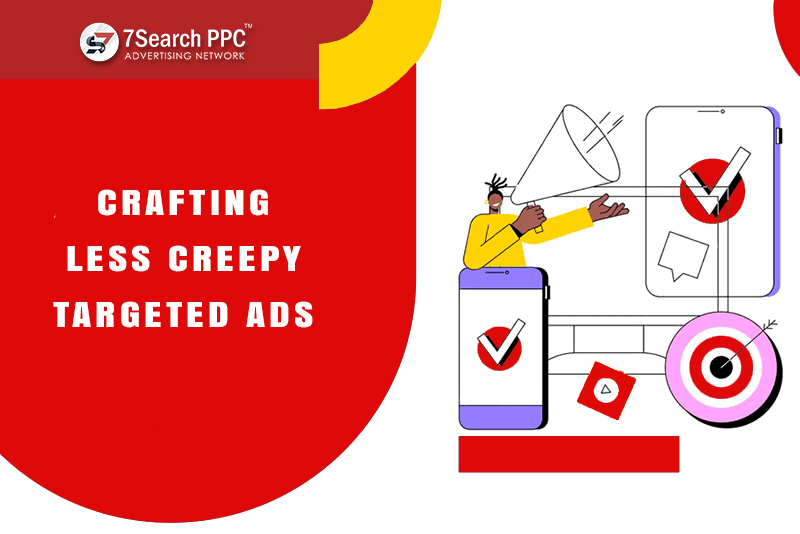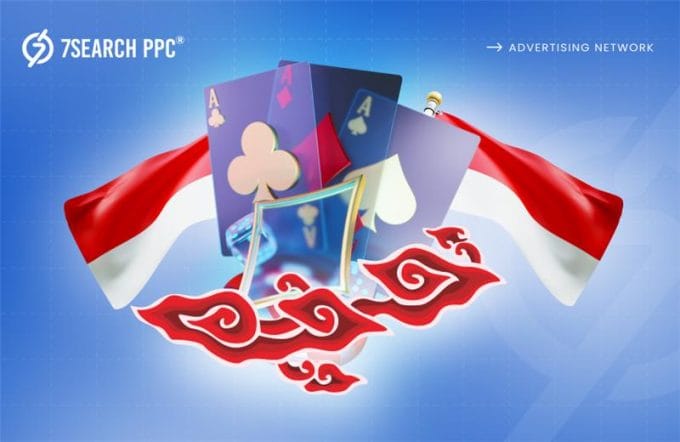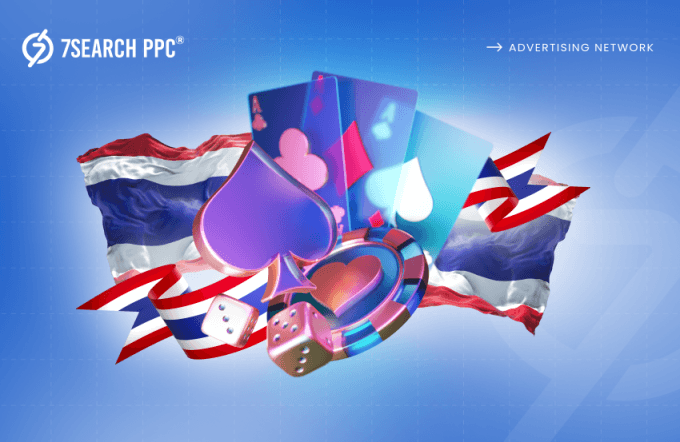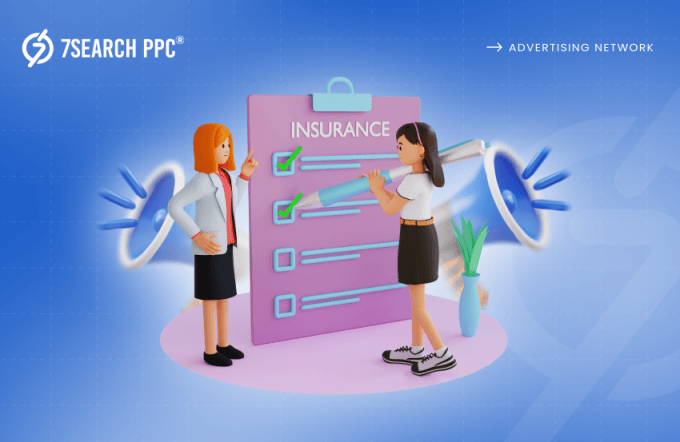It is not uncommon to hear people talk about targeted advertising and digital personalization with a certain unease or concern. The main issue people have with personalized or targeted advertising is how companies know so much about them. You might often hear people asking questions like, “Are social media apps listening to our conversations? ” “How do they know what I want? ” “Why do I see this product everywhere?”
While these questions seem overly dramatic, they are not entirely without merit. Many people have legitimate concerns; after all, the prospect of giant corporations buying our data can be disturbing.
Though people have reservations about targeted marketing, you cannot deny its effectiveness. The problem with targeted ads starts when companies don’t implement them correctly. Hyper-targeting and over-personalization are what make people concerned about personalized or targeted advertising.
Most people might say that they don’t like the idea of corporations using their data to serve them personalized ads.
Still, they will agree that seeing what you want is better than drowning in the sea of advertisements for irrelevant products.
It is like the auto-correct feature on your smartphone; you might feel good having it. it’s when you have to spell “rendezvous. But it can annoy the hell out of you when it thinks that you are trying to write “duck.”
Advertisers must understand their audience well and figure out how to create an advertising strategy that doesn’t upset their potential customers.
Begin With The Data You Have And Look At All Of It
Often, brands tend not to use buyers’ personas as the foundation or starting point for their advertising and marketing strategies.
Many organizations and even large corporations tend to start their advertising efforts based on their customers’ unrealistic image, typically coming from only one person’s vision of who their prospective customer is.
Many companies, including some big ones, often narrow down their buyer personas to two white men. Each has some stereotypical techie attributes, except one enjoys playing video games, and the other is more sophisticated and likes to fly first class.
When a global brand with customers worldwide implements advertisement campaigns based on such data, they fail to resonate with their average client.
Though one person’s visions for a brand universe are well and good, they don’t translate well into an actionable advertising strategy.
Today, when every small and large brand has a tremendous amount of data on their customers, not putting it to correct use is a colossal waste of resources.
To make a better-personalized advertising strategy, start with the wealth of data available, and start searching for the relevant information.
Try asking the following questions to determine what data will you need to improve your advertising strategy:
- Who are the customers – their ages, interests, and genders?
- What are people engaging most with the website, coming back for several sessions, looking at multiple pages, or spending considerable time?
- Who is bouncing?
- Who is making purchases?
- How much are people buying?
- How much are they spending and how frequently?
All these questions will leave you with information that will help you figure out who your buyer is and how to target them.
You also have to look at the data carefully because sometimes only one aspect, for instance, bounce rate alone can paint a misleading picture. People often skim through the page and get the information they need, which might give you a false impression of them not working interested in your website.
Use Data Compilation Or Personalization Tools To Do The Heavy Lifting
Data compilation tools don’t substitute a human in the process of data analysis. However, they can most definitely augment the findings.
Using the correct tools can help you put your personalization and advertising strategies on autopilot. You can rely on automation tools only if you have the right tools and have invested the time required to correctly set them up.
You can choose from plenty of data processing tools that can help you in your endeavor to make an impactful personalization and advertising strategy.
Some of the popular data compilation and personalization tools include:
- A DXP like Sitecore
- Marketing automation platforms such as HubSpot or Marketo
- ABM tools such as DemandBase
- An all-in-one option like Salesforce Marketing Cloud lets you manage your targeted advertising audience
Though you can invest your time and money into better personalization and targeted advertising tools, the utility of these solutions is only as useful as the extent to which you are using them.
Don’t be the person who uses the might of Marketo as a glorified email marketing tool or Sitecore as a fancy word processor. If you want to use these tools, make an active effort to learn how these might help you in targeting and personalization.
Marketing automation tools can be extremely useful in putting out deeply personalized lead nature campaigns. However, to gain the maximum benefit, you will need to take time to build and fine-tune the lead scoring system and the triggers you need to meet your audience’s needs.
A Digital Experience Platform such as Sitecore is a robust tool for personalizing your website each time a person arrives, depending on:
- Their entry point
- Return visits
- The content they have interacted with on their last visit
While impressive, this functionality only works if you have correctly set up your engagement values and profiles.
Automation tools can take your personalization game to the next level by:
- Automating the tasks that previously required humans
- Reducing the risk of errors
- Streamlining your work
- Targeting effectively with triggers dependent on visitor’s actions
One thing you should remember is that akin to every strategic work, this automation will only be as good as the foundation you set.
Setting up a tool is not a one-time thing; you have to continually make adjustments and fine-tune it to make the most of it. Try A-B testing to ensure that your efforts are generating favorable results.
Build Nurturing Strategies And Pay Attention To Them
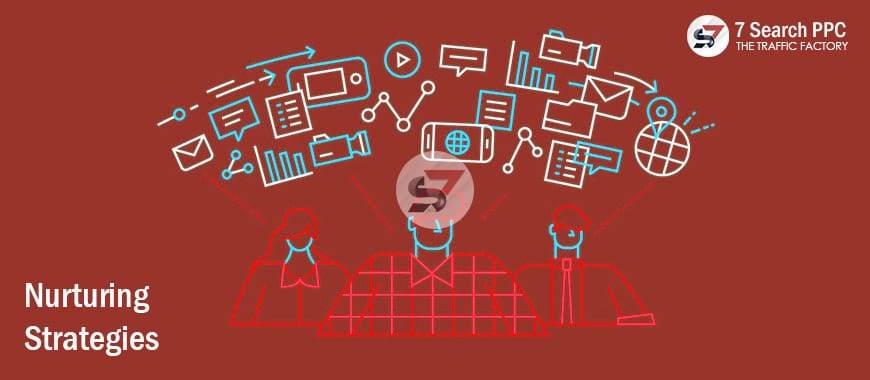
The most critical thing is to map out the users’ journey on your website from when they arrive till they leave. This data plays a crucial role when you prepare truly personalized nurturing strategies.
When you have the user activity data, look to see the patterns in the steps that potential customers take at each phase of exposure to your brand and every time they interact with your website or advertising.
Once you get a sense of your customer’s motivation, thoughts, feelings, and triggers that might drive them to purchase, start preparing your strategy around these triggers.
You can use the following to engage with your potential customers:
- A welcome email trigger is sent out when a person joins your list.
- A cart trigger can send an email to people with items in their cart, reminding them to complete their purchase.
- An email reminder for an upcoming webinar, but to those who have opened the previous invite, as that will indicate that they had enough interest to click and learn more.
However, you can’t just set up these triggers and hope for the best. You need to pay attention to making them useful.
Don’t forget that people don’t mind automation and personalization unless you do it wrong. For instance, if you set up the cart trigger to go out 24 hours later, make sure it doesn’t get sent if the customer has come back at that time and made the purchase.
Keep an eye on the triggers to prevent retargeting the customers who have already bought an item that people only buy once. For example, if a person has purchased a printer, don’t show them ads for more printers; it will only frustrate them.
If someone has opened the webinar email and your reminder is to go out in a week, ensure that you keep track of people who did sign up after opening the email before sending them the reminder.
Please don’t make yourself look bad by reminding someone to take the action they have already taken.
While many people treat automation as an activity that you set up and forget about, in reality, it requires constant attention and fine-tuning to ensure that you are not wasting your time nurturing expired action paths or triggering incorrect suggestions for the user.
If you are running a campaign with personalization triggers, allocate time to regularly check on them and make sure that they are working as intended.
If They Are Not That Into You, Walk Away
Marketers are the worst at handling break-ups.
Try starting small; a mailing list is one of the essential items, and you can start there. Remove the email IDs of people who have never opened your emails. Make it easier for them to unsubscribe from the list.
Collecting data from people who are not interested in your product will not be helpful. Usually, data from these people become wasted as they move to different locations and change their email or phone numbers.
Stop holding onto data that is not serving you anymore, and stop hoarding irrelevant information in the database. Clean the old stuff, make room for new things, find new prospects, and try to engage them with your brand instead of clinging to those who are not interested.
The final thing you can try to win back the interest of your non-responding potential customers is to deploy a win-back campaign. But if they don’t respond, there is no point in keeping them on your list.
Some marketers argue that “It isn’t hurting anyone, so why should we stop trying?”
The essential thing people seem to forget is that just because someone is not responding to you doesn’t mean they can’t see that you are there and get annoyed.
You need to understand the difference between being persistent and being annoying, don’t defile your brand’s reputation by not giving up.
Also, timely cleaning of your data is critical to the success of personalization and advertising strategies.
Cutting off people who are not interested in your brand allows you to focus on people who want to be with you on this journey.
Discard the irrelevant data by making a mechanism based on the following:
- How long to hold on to a lead?
- What actions do they have to take, and in what time frame for us to keep them in our system for nurturing?
Conclusion
Personalized advertising is the future of marketing efforts for achieving maximum effectiveness. However, it should never be creepy. If you want to prepare an effective strategy, you will need to treat the user data responsibly.
You have to take extra time to know your audience. Because it is accurate knowledge about your potential customers can significantly contribute to your brand’s bottom line. And its contribution to the marketing ecosystem.
The data you collect for your user will start to bear out who your buyer is. Remember to keep track of which channels your audience is coming from and their likelihood of conversion.
Properly analyzing the data will give you a much better understanding of who cares about your content and who converts. 7Search PPC is the best solution for advertisers and Publishers. We provide the best PPC services & high-quality traffic for all kinds of ads. No.1 online advertising platform and the AdSense alternative for publishers.

